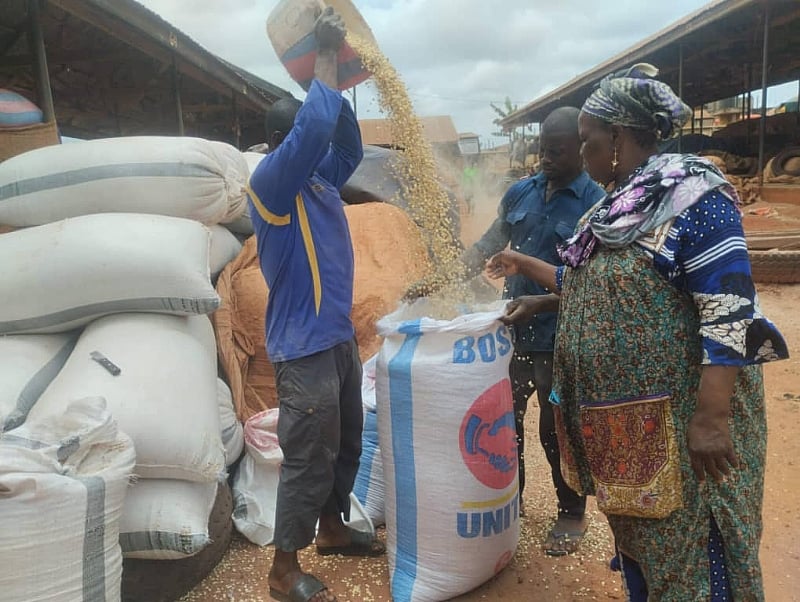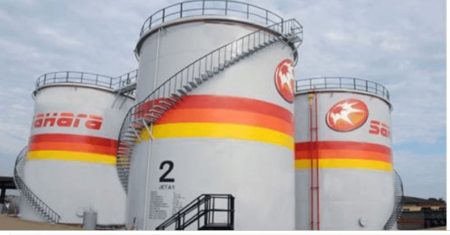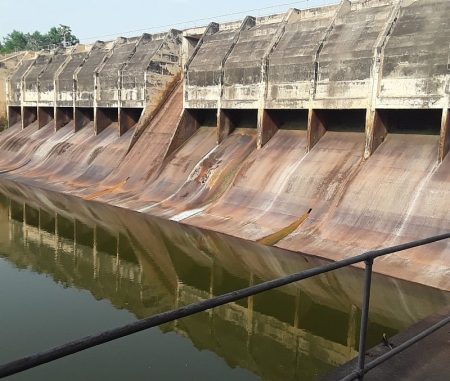The Techiman Central Market in the Bono East Region of Ghana has experienced a notable decrease in maize prices, bringing relief to consumers and prompting calls for further government support for agricultural development. A recent market survey conducted by the Ghana News Agency (GNA) revealed that a bag of maize, previously priced between GH¢800 and GH¢1,000 depending on size, now sells for GH¢450 or less. This significant price reduction is attributed, in part, to government policies credited with strengthening the Ghanaian cedi.
The lower maize prices have been met with widespread approval from local residents, who expressed gratitude for the easing of their economic burden. For many households, maize constitutes a dietary staple, and the price drop allows them to allocate more of their budget towards other essential needs. Cecilia Amoako, a teacher and mother of four, expressed optimism about the country’s trajectory, highlighting the affordability of maize and rice as positive indicators. Serwaa Akoto Boampong echoed this sentiment, praising the government’s efforts in bringing down market prices. Even food vendors, like Mama Salamatu Briamah, a “Waakye” (boiled rice) seller, have adjusted their prices downwards to reflect the reduced cost of their primary ingredient.
While consumers celebrate the affordability of maize, farmers in the Bono East region are advocating for government intervention to further enhance agricultural productivity. They specifically call for the expedited establishment of farmer mechanization centers, as promised in the National Democratic Congress (NDC) 2024 election manifesto. These centers, they argue, are crucial for providing farmers with the necessary tools and resources to expand their operations and contribute more effectively to the region’s food security. The Bono East Municipality is recognized as a significant food-producing area, and farmers believe that access to modern equipment, improved seeds, fertilizers, and other inputs will significantly enhance their output and improve their livelihoods. Alhassan Bukari, a maize farmer from Amantin, emphasized the willingness of local farmers to embrace commercial farming, provided they receive adequate support.
Beyond mechanization centers, the farmers also appeal for government investment in storage facilities and processing plants for fruits and vegetables. These additions to the agricultural infrastructure would minimize post-harvest losses, add value to their produce, and create additional revenue streams for farmers. Currently, a lack of adequate storage often leads to spoilage, forcing farmers to sell their harvest quickly at lower prices. Processing facilities would allow them to transform raw agricultural products into more marketable goods, increasing their profitability and contributing to the overall economic growth of the region.
In response to these requests, Francis Owusu Antwi, the Bono East Regional Minister, reaffirmed the government’s commitment to modernizing agriculture and boosting food production. He assured farmers that the Regional Coordinating Council prioritizes agriculture and will provide the necessary seeds, logistics, and farm inputs to support their activities. This commitment aligns with the broader government agenda of promoting agricultural development as a key driver of economic growth and poverty reduction. Improving agricultural practices, increasing yields, and creating more efficient market access are all vital steps in achieving food security and enhancing the livelihoods of farmers across the region.
The decrease in maize prices at the Techiman Central Market highlights the interconnectivity of government policy, market dynamics, and the livelihoods of both consumers and producers. While the current price reduction offers welcome relief to consumers, the long-term sustainability of affordable food prices rests on continued government support for agricultural development. Investing in infrastructure, providing access to essential inputs, and strengthening the agricultural value chain will empower farmers, enhance productivity, and ensure food security for the region in the years to come. This collaborative approach between government and farmers is crucial for realizing the full potential of the agricultural sector and driving sustainable economic growth.














